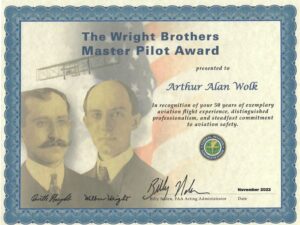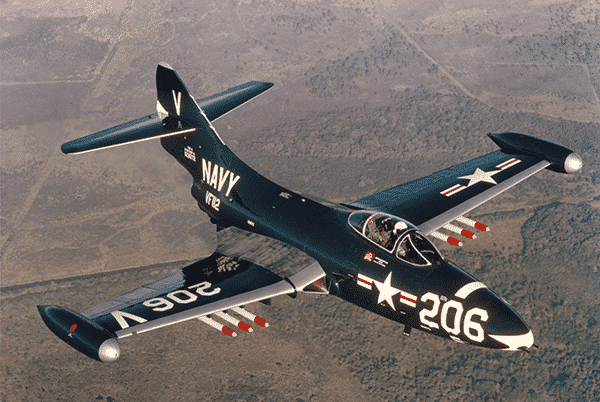NEPALESE ATR-500 CRASH APPEARS TO BE LEFT ENGINE FAILURE
NEPALESE ATR-500 CRASH APPEARS TO BE LEFT ENGINE FAILURE
The tragic loss of life in this crash is appalling and appears to be due to a loss of power on the left engine.
The airplane was approaching the airport slowly and as it slowed further it appears that it rolled into the left engine and went down knife edge into a ravine.
The video is a typical engine failure scenario where if one engine fails and power is applied with the remaining engine the aircraft will want to roll into the dead engine.
For that to happen the aircraft has to be slower than VMCA, the minimum control airspeed with engine failure and the good engine at takeoff (not landing) power.
What happens is that when surprised by engine failure or loss of power the crew may swimming in glue in the cockpit unable to address the airplane’s abnormal flying characteristics quickly enough to prevent it from going out of control.
Other potential causes are propeller failure which adds drag on the left side or just a stall (aerodynamic not engine) from getting too slow on the approach. One would hope with all the built in safeguards an inadvertent stall is the lowest likelihood on the list.
Lastly, every airliner today takes off overloaded. The weights of the typical passenger are much higher than the weights that are computed when the airplane is certified for both men and women (just look around you)and baggage is much heavier as well. This makes an engine failure even worse and stall speeds even higher than published.
The cockpit voice recorder and flight data recorders will be important as well as the experience and training of the crew. It would be important to see what speed the airplane was flying on this approach as it appears slow and that may well be a factor as control was lost.
May the memories of all aboard be a blessing to their families.
Arthur Alan Wolk
January 15, 2023
Contact The Wolk Law Firm
p: (215) 545-4220
c: (610) 733-4220
f: (215) 545-5252
For more commentaries, click here.



